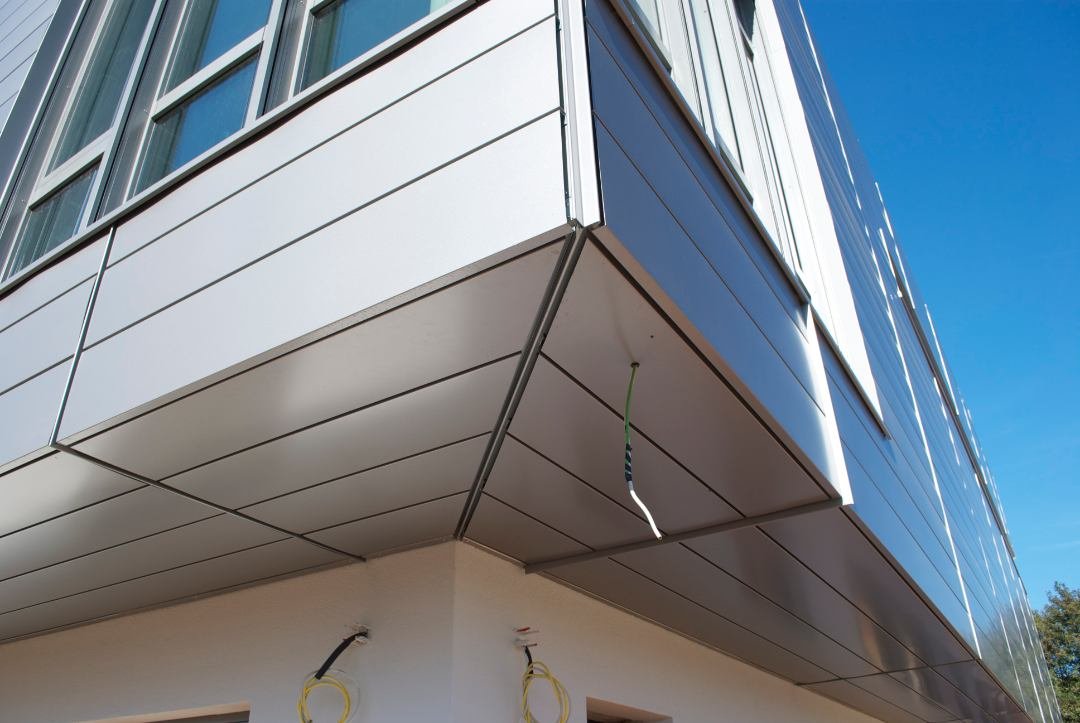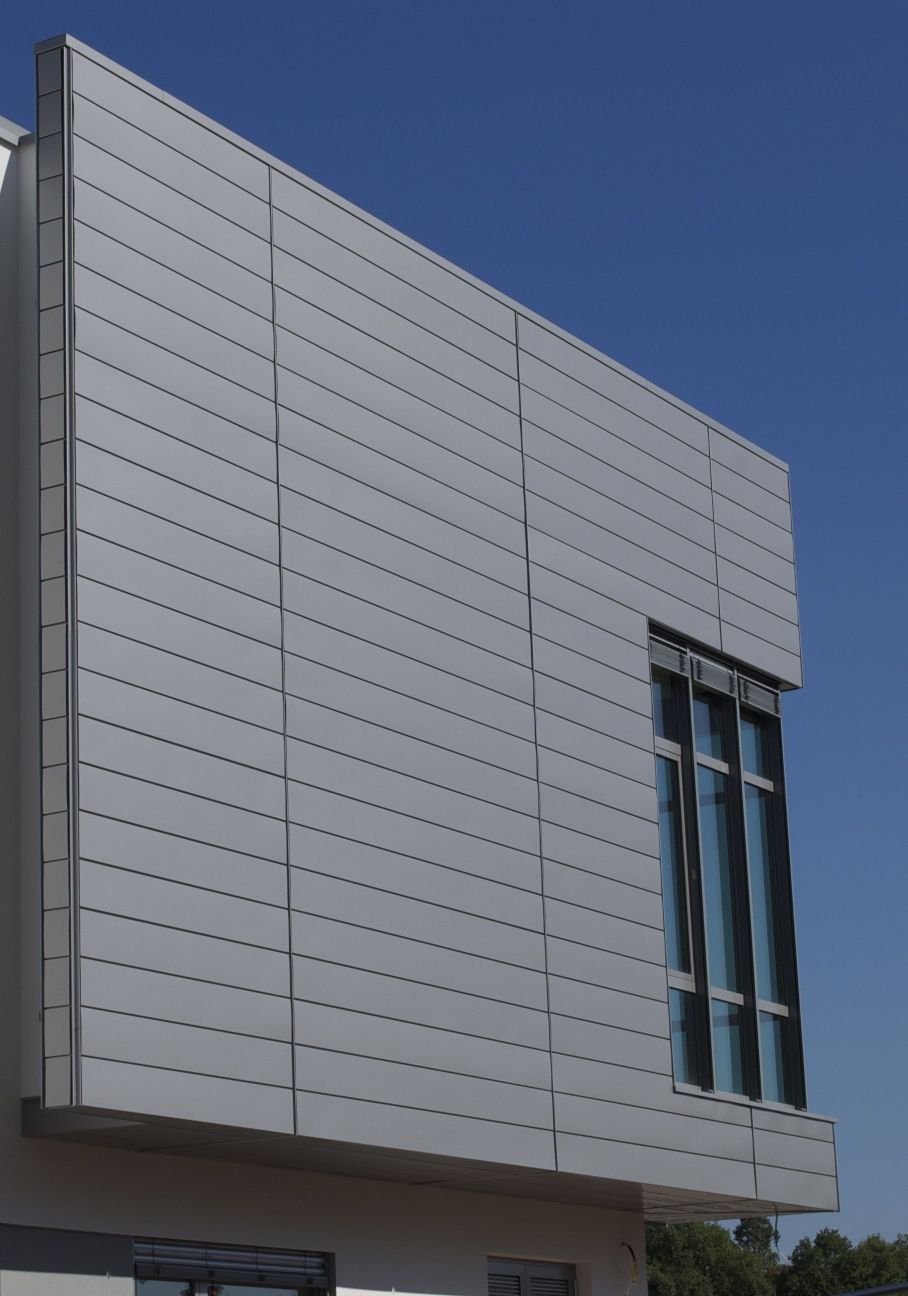Metal Panel Facades
The Perfect Blend of Design and Functionality
Metal pane facades have become a popular choice in modern architecture, offering a seamless combination of aesthetic design, functionality, and durability. These facades are widely used in both new constructions and renovation projects, providing buildings with a contemporary and appealing look. At the same time, metal panel facades meet the highest standards of energy efficiency, weather resistance, and sustainability.

What are Panel Facades?
Panel facades consists of prefabricated metal plates attached to the exterior of a building. These panels can be manufactured in various shapes, sizes, and surface finishes to meet specific design requirements. Typically, they are made from aluminum, steel, copper, or zinc-materials known for their strength, longevity, and low maintenance needs.
The panels are mounted on a substructure, which is either attached directly to the building's framework or to an additional supporting structure. This substructure allows for the integration of a ventilation layer, creating a ventilated facade. This design protects the building from moisture and improves energy efficiency by preventing thermal bridging
Applications of Metal Panel Facades
Metal panel facades are used in a wide range of construction projects. They are a preferred choice in commercial architecture, but are also increasingly being used in residential buildings and public structures. Common applications include:
Commercial and Office Buildings
In the business world, modern, aesthetically pleasing facades are highly valued. Metal panels give buildings a sleek, professional appearance while meeting high technical requirements for sound and thermal insulation.
Residential Buildings
In residential construction, architects and developers are increasingly opting for metal facades to give homes a modern, timeless look. The panels can be designed to blend harmoniously with the surroundings or serve as a striking contrast.
Public Buildings
Schools, hospitals, libraries, and other public institutions benefit from the durability and low maintenance of metal facades. These buildings often endure heavy use, making robust yet visually appealing facade solutions highly advantageous.
Industrial Buildings
In industrial settings, functional and durable facades are essential. Metal panels offer an ideal solution due to their robustness and cost-effectiveness. Large facades can also be installed quickly and efficiently.
Technological Innovations and Future Prospects
The development of metal panel facades is continuously evolving. The use of cutting-edge technologies such as laser cutting, 3D printing, and innovative coating techniques is expanding the design possibilities. Specially treated surfaces, for instance, can be self-cleaning or highly corrosion-resistant.
Another trend in facade architecture is the integration of photovoltaic modules into metal panels. These "smart" facades can generate energy, contributing to the building's energy independence. When combined with advanced insulation and ventilation systems, such facade solutions significantly enhance the sustainability and energy efficiency of buildings.

Conclusion
Metal panel facades offer an ideal solution for architects and developers seeking a durable, low-maintenance, and aesthetically appealing facade option. They combine design freedom with functional benefits and can be used in nearly any construction project. Whether in modern urban architecture, residential housing, or public buildings, metal panels create visual highlights and contribute significantly to a building's energy efficiency and sustainability. With the latest technological advancements, there are always new possibilities to further optimize these facades and adapt them to the demands of the future.
